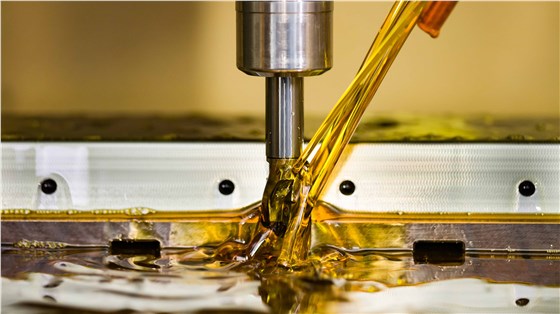In CNC milling, vibration may occur due to the limitations of cutting tools, tool shanks, machine tools, workpieces or fixtures. To reduce vibration, some strategies need to be considered.3D printing/rapid prototyping service
CNC machining/custom metal stamping

1) For face milling, the direction of the cutting force must be considered:
a) When a 90 ° milling cutter is used, the cutting force is mainly concentrated in the radial direction. Under the long overhang condition, the milling cutter will swing; However, when Milling Thin-walled / vibration sensitive parts, low axial force is advantageous
b) 45 ° milling cutter can produce uniformly distributed axial and radial forces
c) The circular blade milling cutter guides most of the force upward along the spindle, especially when the cutting depth is small. In addition, the 10 ° milling cutter transmits the main cutting force to the spindle, thereby reducing the vibration caused by the long tool overhang
3) DC should be 20-50% larger than AE
4) Select sparse and / or unequal pitch milling cutters
5) Light weight milling cutter is advantageous, for example, milling cutter with aluminum alloy cutter body
Using Coromant capto ® The modular tool holder system can assemble the required length of tools while maintaining high stability and minimum jumping.
2) Select the largest possible extension diameter / size
3) Use Coromant capto for oversized milling cutters ® Extension rod, avoid reducing extension rod
4) For small size milling cutters, use tapered extensions if possible
5) In the process where the last tool feeding is at the depth of the part, the lengthened tool is used at the predetermined position. Adjust the cutting parameters according to each tool length
6) If the spindle speed exceeds 20000 rpm, use dynamically balanced cutting tools and tool shanks
www.mastars.com
Email: marketing@mastars.com
Tel: +86 755-88210690
Mobile: +86 181 0029 4997
Add: Building 6,Blue Sky Industrial Park, Ditang Road, Shajing Town, Shenzhen City, Guangdong, China




